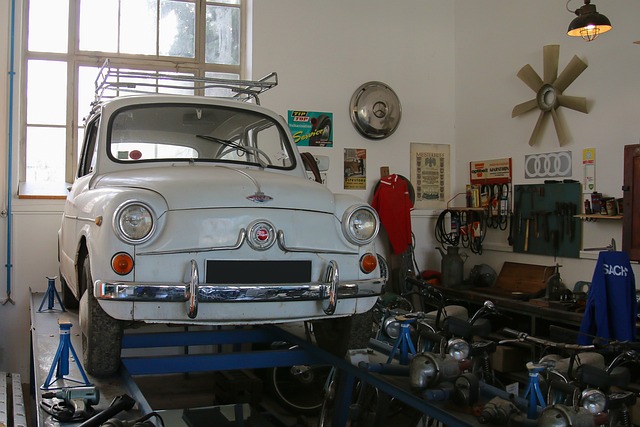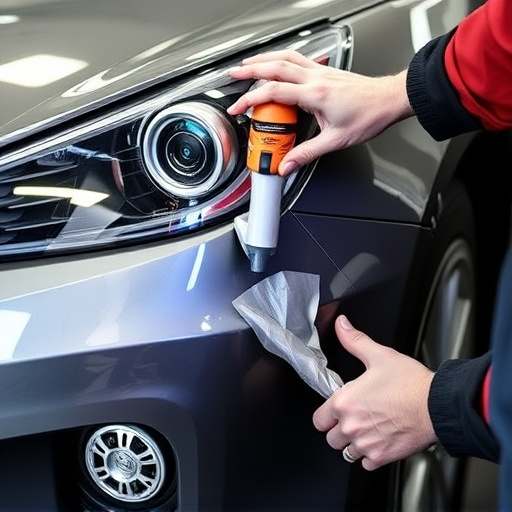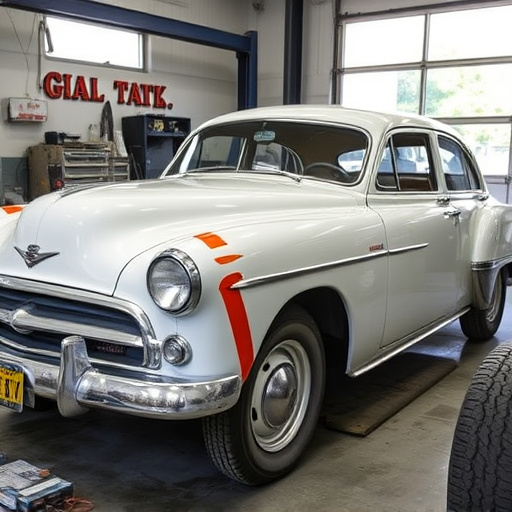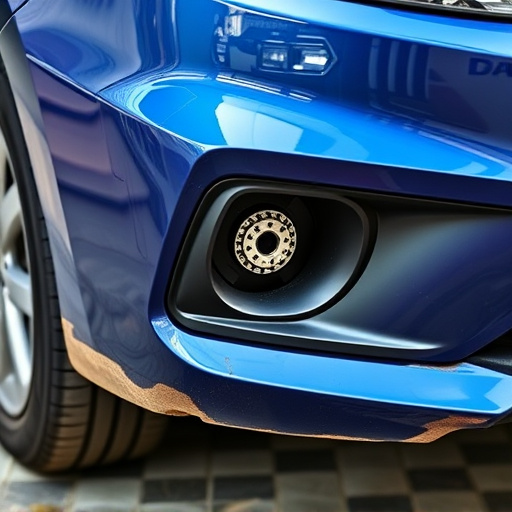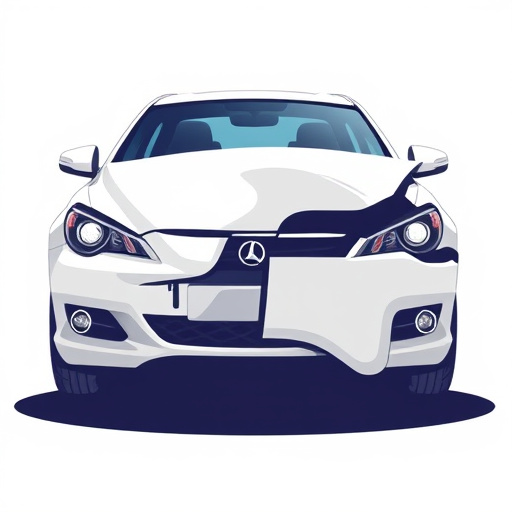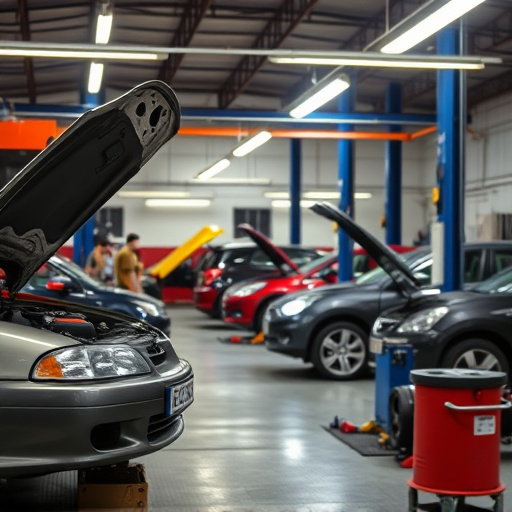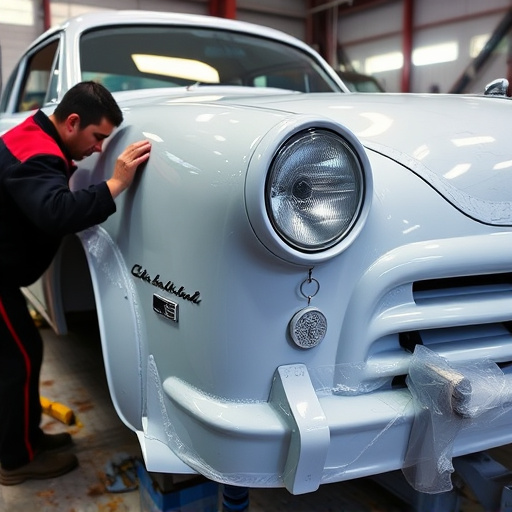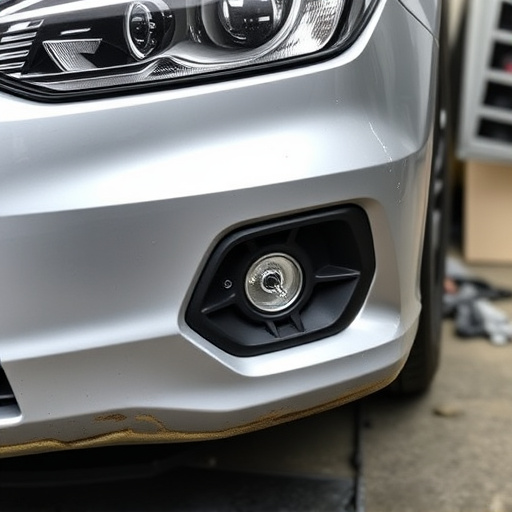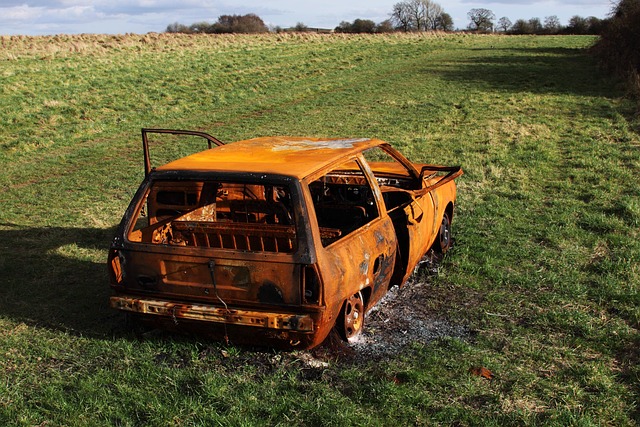Mastering PDR equipment fundamentals through structured training modules is key for staff to confidently perform dent, scratch, and body repairs without traditional painting. This includes theoretical lessons, hands-on practice under supervision, and regular evaluations. Practical exercises in simulated repair scenarios at collision centers further enhance skill mastery, ensuring high-quality dent repair services using the latest PDR equipment technology.
Training staff on using PDR (Paintless Dent Repair) equipment effectively is crucial for any automotive service center. This comprehensive guide outlines a structured approach, ensuring your team masters PDR techniques efficiently. Begin by familiarizing yourself and your staff with the basics of PDR equipment, from tools to technology. Next, develop tailored training curricula covering various dent repair methods. Hands-on practice sessions, coupled with expert feedback, enable technicians to achieve perfection in shaping metal without traditional painting methods.
- Understand PDR Equipment Basics for Effective Training
- Create Comprehensive Training Curricula for All Staff
- Implement Hands-On Practice and Feedback for Mastery
Understand PDR Equipment Basics for Effective Training
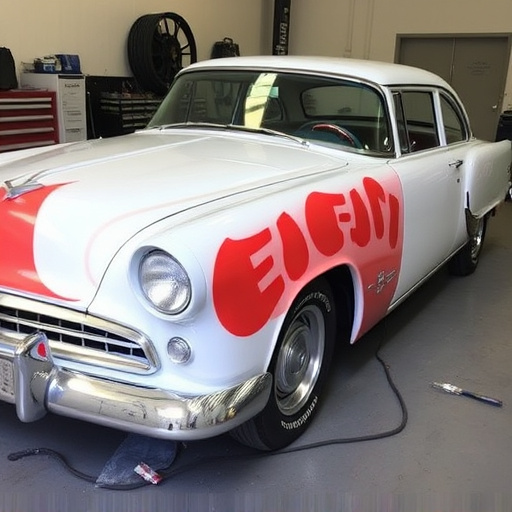
Understanding the fundamentals of PDR (Paintless Dent Repair) equipment is a prerequisite for any staff training program. PDR tools are designed to address common issues in vehicle body repair, such as dents, scratches, and minor creases, without the need for traditional painting or extensive bodywork. This involves specialized techniques using a variety of hand tools, air guns, and foam pads. By familiarizing yourself with these tools—their purpose, operation, and unique features—you lay a solid foundation for effective training.
Training sessions should start by introducing basic PDR equipment, explaining how each tool contributes to the overall process of car dent repair, scratch repair, or vehicle body repair. This knowledge allows staff to approach repairs confidently, understanding not only what tools are available but also their specific applications. As they gain proficiency, employees can progress to more advanced techniques and technologies, ensuring a seamless transition from theory to practice in the realm of paintless dent repair.
Create Comprehensive Training Curricula for All Staff
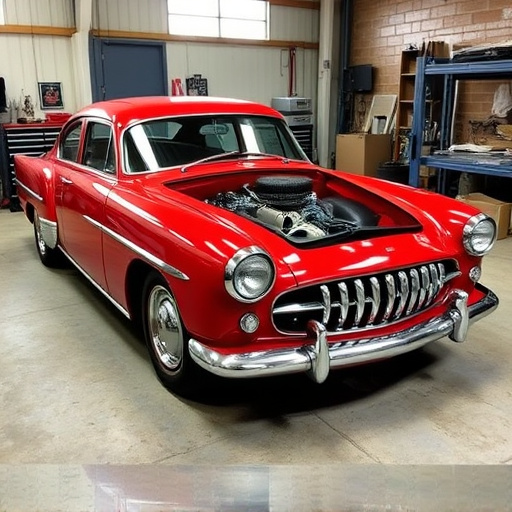
Comprehensive training is key when it comes to equipping your staff with the skills needed to operate PDR equipment effectively. A well-structured curriculum ensures every team member understands the specific tools, techniques, and safety protocols associated with vehicle paint repair. Begin by breaking down the training into modules based on different aspects of the auto painting process – from prep work to final touches. Offer hands-on practice sessions alongside theoretical lessons, allowing staff to gain practical experience under supervision.
Consider tailoring separate sections for beginners and experienced technicians. Beginners should focus on learning the basics of PDR tools, their functions, and safe handling practices. Experienced staff can delve into advanced techniques, troubleshooting common issues, and optimizing workflow in a collision center setting. Regularly updating and reviewing the training curriculum will ensure your team stays current with evolving PDR equipment technology and best practices in the industry.
Implement Hands-On Practice and Feedback for Mastery
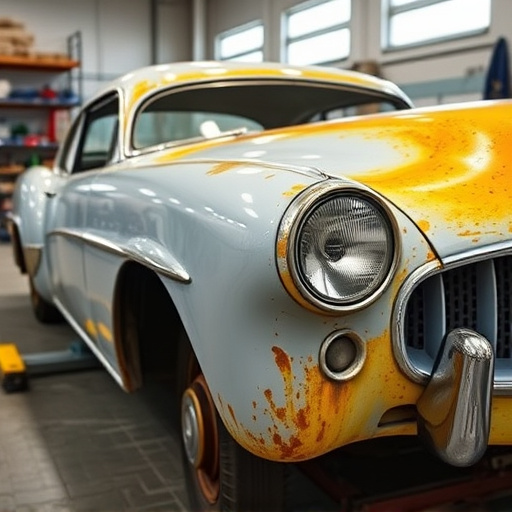
Practical training is an indispensable component of any effective PDR equipment instruction program. After introducing the theory and features of the tools, staff should immediately engage in hands-on exercises. This could involve setting up a simulated dent repair scenario using actual PDR equipment at a collision repair center or auto repair shop to replicate real-world conditions.
During these practice sessions, experienced instructors should provide constructive feedback, guiding employees through each step and offering suggestions for improvement. Regularly scheduled evaluations can assess their skill development, ensuring they master the techniques required to use PDR equipment proficiently. This interactive approach not only deepens understanding but also instills confidence in handling such sophisticated tools, ultimately enhancing the quality of dent repair services provided at the auto repair shop or collision repair center.
Effective training on PDR equipment is key to maximizing its benefits within your organization. By understanding the basics, creating comprehensive curricula, and implementing hands-on practice with constructive feedback, you can ensure your staff becomes proficient and confident users of PDR equipment. This not only improves productivity but also fosters a culture of continuous improvement and excellence in your operations.

